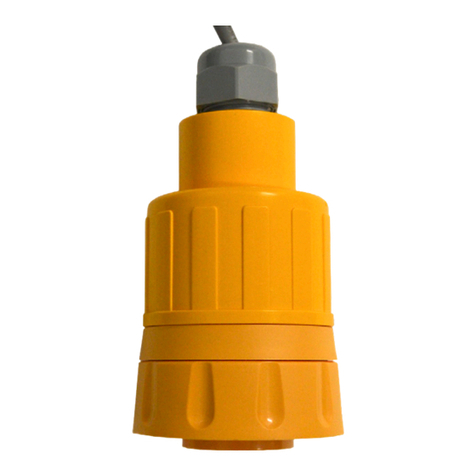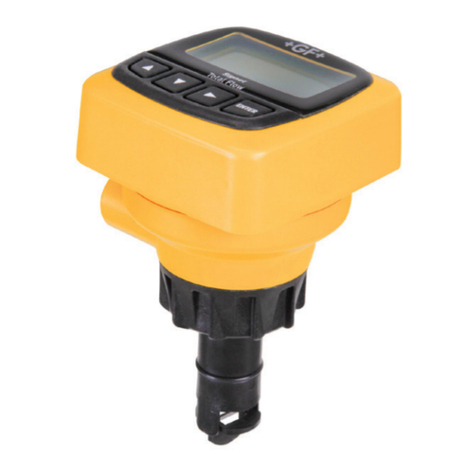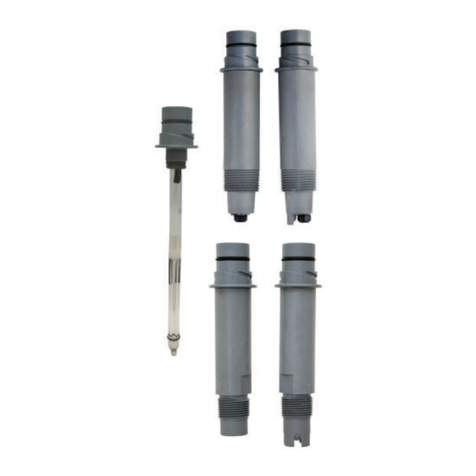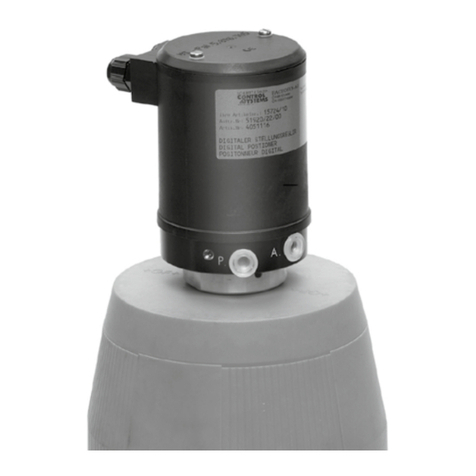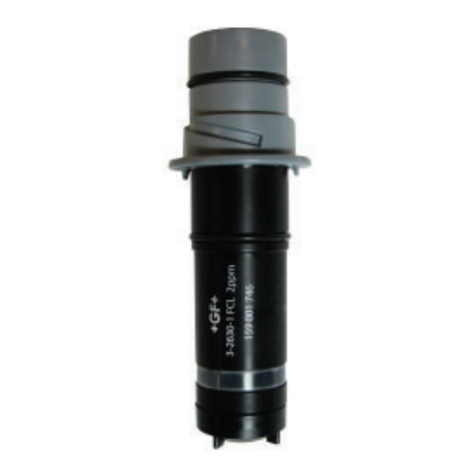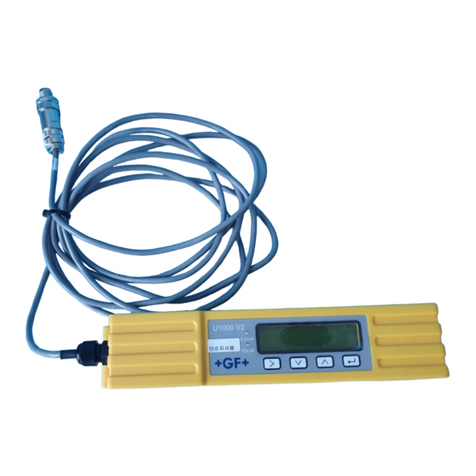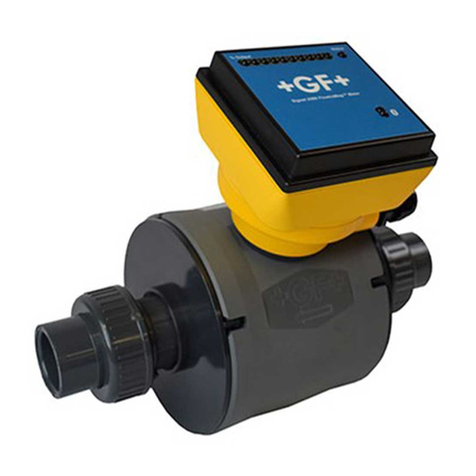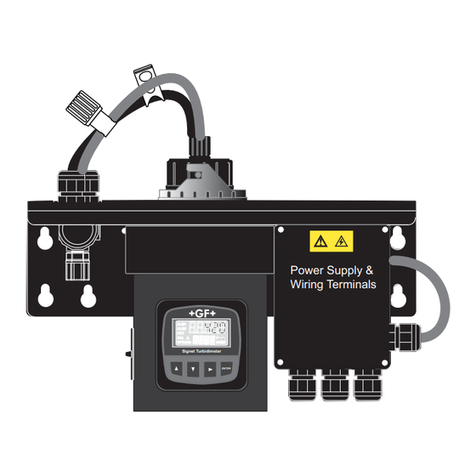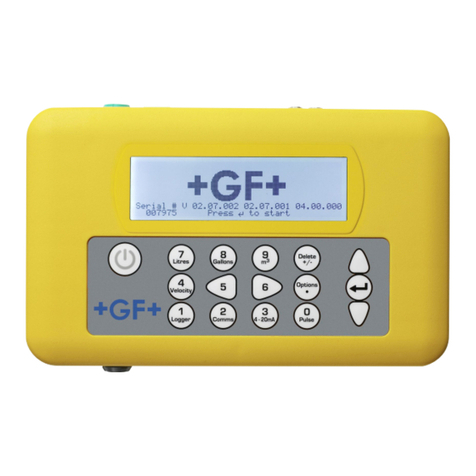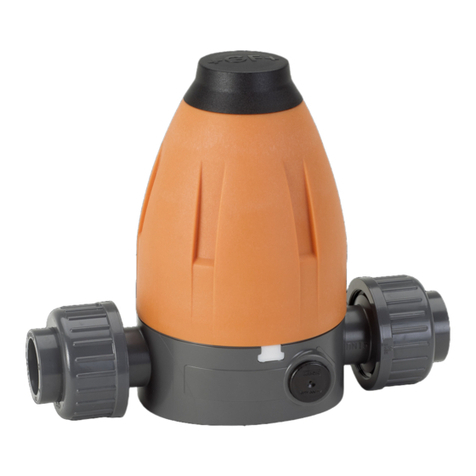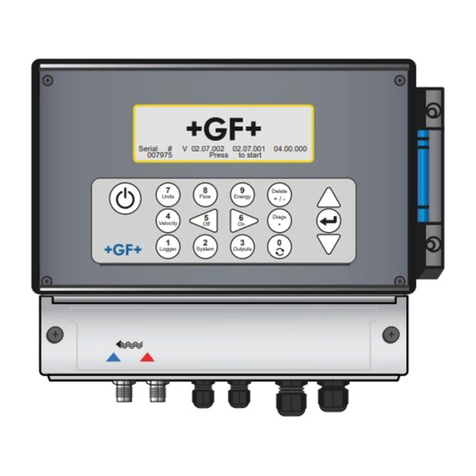
Instruction Manual
2
Original instruction manual
Follow the instruction manual
The instruction manual is part of the product and is an important element of the safety concept.
• Read and follow the instruction manual.
• Always keep the instruction manual available at the product.
• Pass on the instruction manual to all subsequent users of the product.
Contents
1 Intended use....................................................................................................................................................4
2 About this document......................................................................................................................................4
2.1 Warnings .................................................................................................................................................4
2.2 Other related documents.....................................................................................................................4
2.3 Abbreviations.........................................................................................................................................5
3 Safety and responsibility ..............................................................................................................................5
4 Transport and storage...................................................................................................................................5
5 Design and function .......................................................................................................................................6
5.1 Design......................................................................................................................................................6
5.2 Principle of operation ...........................................................................................................................6
5.3 User Interface ........................................................................................................................................7
6 Scope of delivery ............................................................................................................................................8
7 Installation ......................................................................................................................................................8
7.1 Identify suitable location for flow measurement............................................................................8
7.2 Identify suitable location for temperature measurement (HM versions only) ..........................9
7.3 Pipe mounting surface preparation...................................................................................................9
7.4 Start-Up...................................................................................................................................................10
7.5 Adjusting the sensor distance ............................................................................................................11
7.6 Mounting the GF U1000 V2 on the pipe.............................................................................................12
7.6.1 Selecting the pipe adapter........................................................................................................12
7.6.2 Applying gel pads.......................................................................................................................13
7.6.3 Mounting the guide rail..............................................................................................................13
7.6.4 Removing sensor-holding screws ..........................................................................................14
7.6.5 Connecting the electronics module ........................................................................................14
7.7 Moving the guide rail ............................................................................................................................15
7.8 Attach the temperature sensors (HM versions only)......................................................................15
8 Electrical connection & outputs...................................................................................................................16
8.1 4-20 mA, Pulse option (not for HM versions)...................................................................................16
8.1.1 Interface cable ............................................................................................................................16
8.2 Pulse output ...........................................................................................................................................17
8.2.1 Volumetric pulses.......................................................................................................................17
8.2.2 Frequency mode.........................................................................................................................18
8.2.3 Energy pulse (HM versions only).............................................................................................18
8.2.4 Flow alarm – low flow...............................................................................................................18
8.2.5 Flow alarm – signal loss...........................................................................................................18
8.3 Current / 4-20 mA Output....................................................................................................................18
8.4 Modbus option........................................................................................................................................19
8.4.1 Interface cable ............................................................................................................................19
8.4.2 Modbus connections at device.................................................................................................20
8.4.3 Modbus wiring diagramm.........................................................................................................20
8.4.4 Modbus registers........................................................................................................................22
8.5 Temperature probes (HM versions only)..........................................................................................24
